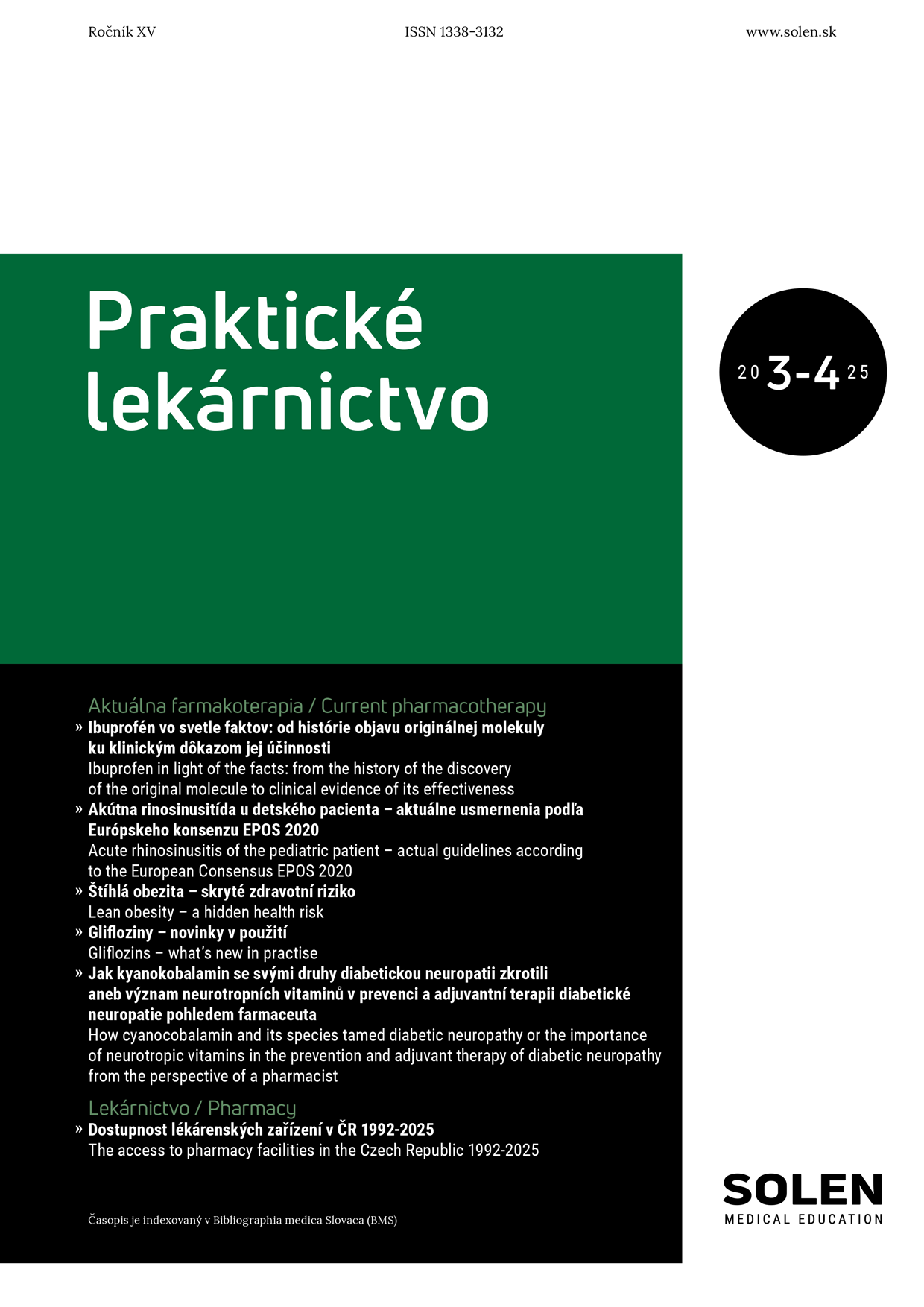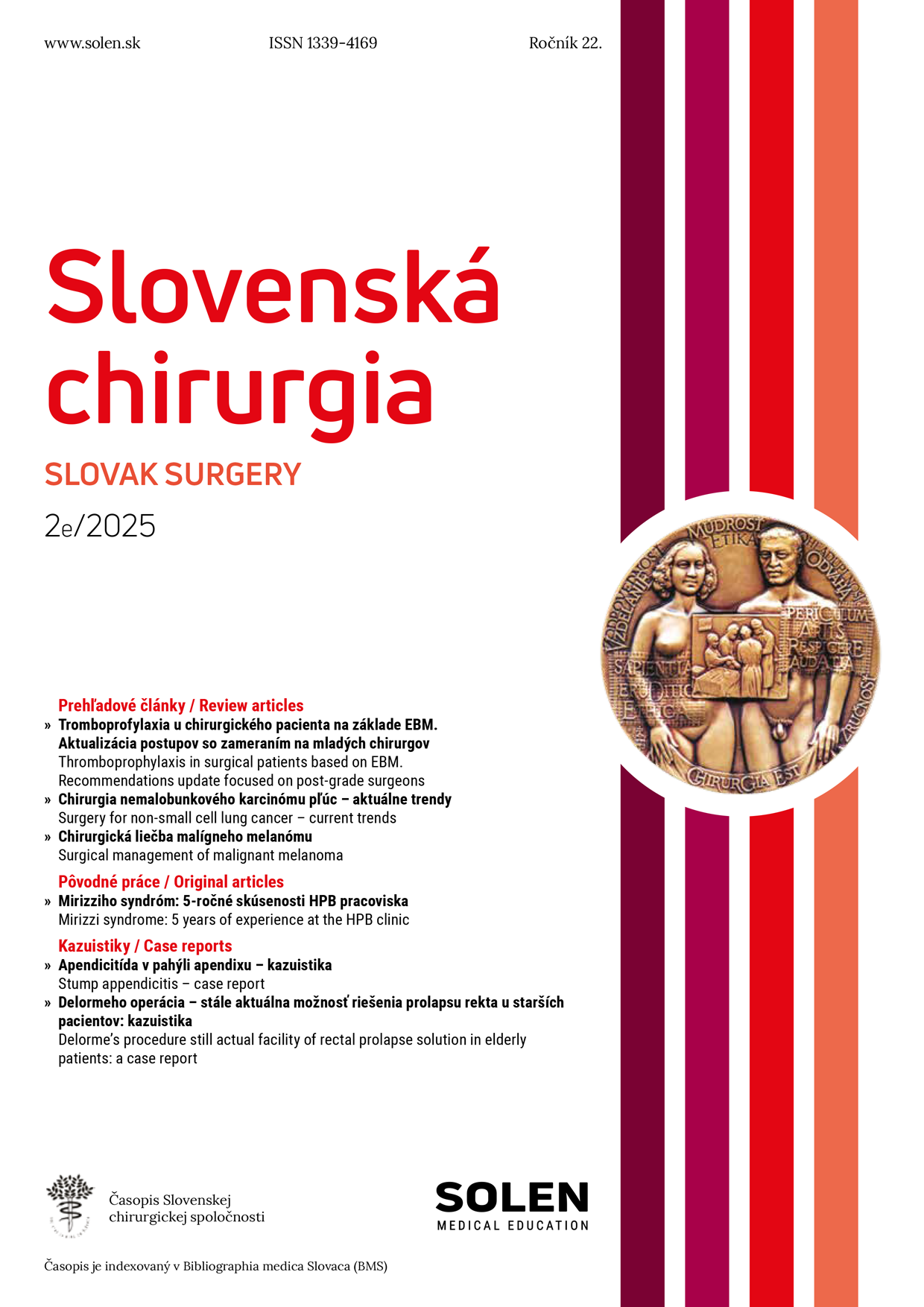Anestéziológia a intenzívna medicína 1/2017
Pruritus after anaesthesia
Backround and objectives:Pruritus is very common complication of general as well as regional anaesthesia. It is unpleasant localized or generalized sensetion on skin, mucous membranes or conjuctives which forces patient to relieve himself by schratching or friction. Postoperative itching is sensed by patients like really terrible symptom. Unfortunatelly postoperative pruritus prevention and treatment remains still unsatisfacory. Methods: Review of scientific literature which is available on internet databases interested in postoperative pruritus issues. Results:Postanaesthetic pruritus incidence fluctuate in trials in dependence on pacient group and type of surgery from 30 to 100%. The most susceptible are pregnant women or women after delivery. Opioides are ussually responsible for genesis of ithcing in the postoperative period. But there are many of drugs used during anaesthesia which can be responsible for pruritus too, for example some antibiotics, hydroxyethylstarches, chlorprocain or steroides. Pruritus is also common symptom of many system illness. Conclusion: Postoperative pruritus may be result of anaesththic technique, like for example using of potent opioides, especially by intrathecal or epidural route, but it can also be associated with coexisting illness of patient. There are many of potential mechanism of genesis theories, but sufficient prevention and treatment is still lacking. A lot of drugs has been tried for treatment of postoperative pruritus, but results are conflicting. The most consistent data from trial for treatment of opioid induced itching testify for μ-opioid receptor antagonists, combines opioid agonists-antagonists, 5-HT 3-receptor antagonists and D2-receptor antagonists.
Keywords: postoperative pruritus, anaesthesia, prevention, treatment

















